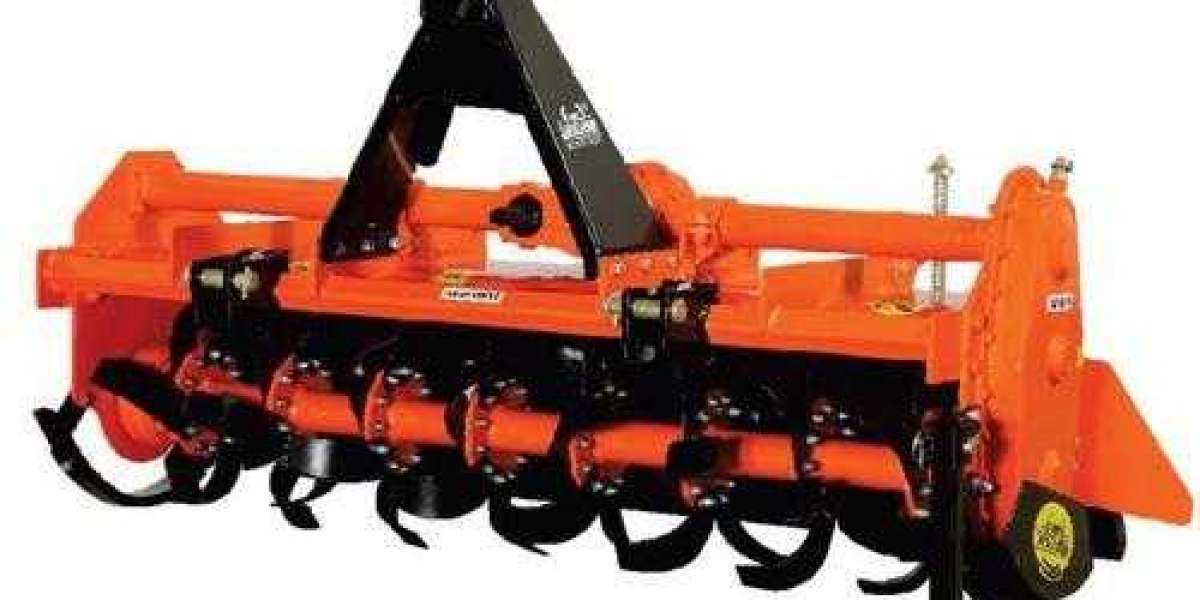In the ever-evolving automotive industry, lightweighting has emerged as a crucial strategy for manufacturers seeking to enhance vehicle performance, improve fuel efficiency, and reduce emissions. One of the key components in this endeavor is the lightweight automotive body panels market, which is experiencing significant growth and innovation.
The adoption of lightweight body panels, such as doors, hoods, fenders, and roofs, has become a prevailing trend in vehicle design. This transformation is primarily driven by the pursuit of greater fuel economy and environmental sustainability. Lighter vehicles require less energy to operate, resulting in reduced fuel consumption and lower greenhouse gas emissions. As governments worldwide impose stricter regulations on vehicle emissions, automakers are increasingly turning to lightweight materials to meet these mandates.
A variety of materials are being employed in the production of lightweight body panels. Aluminum, for example, has gained popularity due to its high strength-to-weight ratio and corrosion resistance. Many modern vehicles feature aluminum doors, hoods, and other components, contributing to weight reduction without compromising safety.
Carbon fiber-reinforced composites represent another significant development in the lightweight automotive body panels market. Carbon fiber offers exceptional strength and stiffness while being incredibly lightweight. As manufacturing techniques for carbon fiber components become more efficient and cost-effective, its use in body panels is growing. High-end sports cars and electric vehicles (EVs) often incorporate carbon fiber panels to achieve a perfect balance between weight and performance.
In addition to aluminum and carbon fiber, other advanced materials such as magnesium alloys and thermoplastics are being explored for body panel applications. These materials offer unique advantages, such as further weight reduction and improved recyclability.
Furthermore, the shift toward electric vehicles has accelerated the demand for lightweight body panels. EVs typically carry heavy battery packs, making weight reduction in other vehicle components crucial to offset the overall vehicle weight. Lightweight body panels contribute to extending the driving range of electric cars and improving their overall efficiency.
The lightweight automotive body panels market is not just about reducing weight; it's also about enhancing safety and aesthetics. Manufacturers are investing in research and development to ensure that lightweight panels meet stringent safety standards while offering appealing designs and finishes.
In conclusion, the lightweight automotive body panels market is a driving force in the automotive industry's quest for efficiency and sustainability. As automakers continue to innovate and seek ways to reduce vehicle weight, materials like aluminum and carbon fiber, coupled with advanced manufacturing processes, are reshaping the future of vehicle design. With the ongoing shift toward electric and hybrid vehicles, lightweight body panels will remain a critical element in achieving the industry's goals of improved fuel economy and reduced environmental impact.














